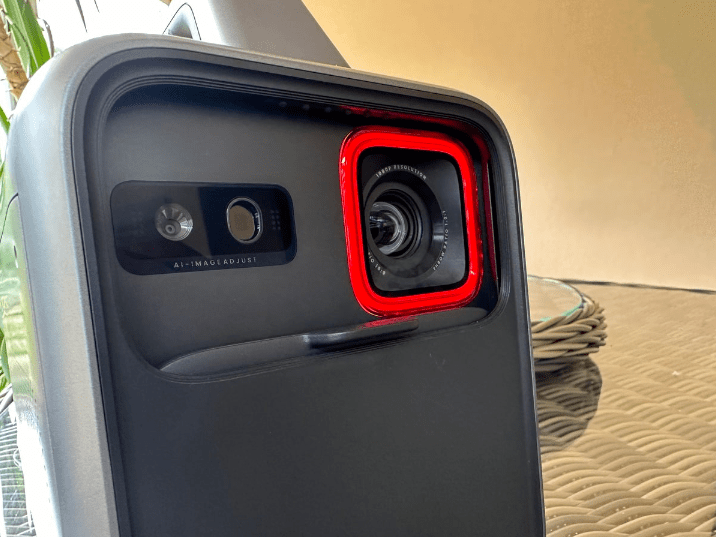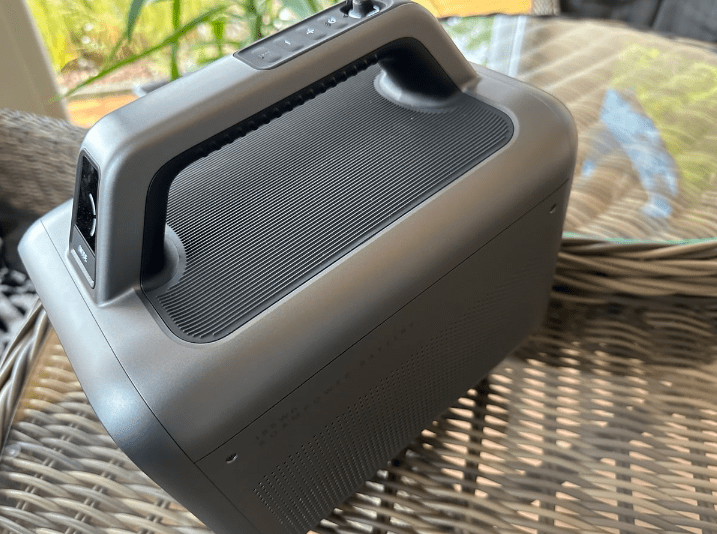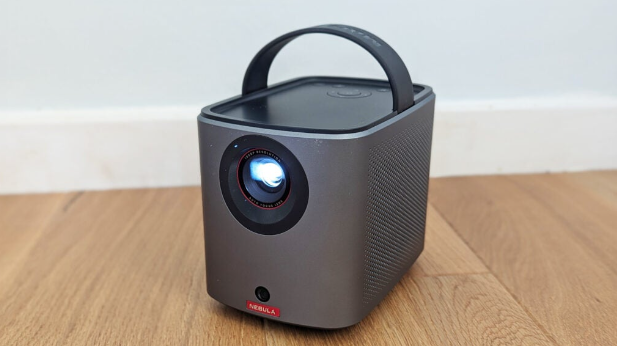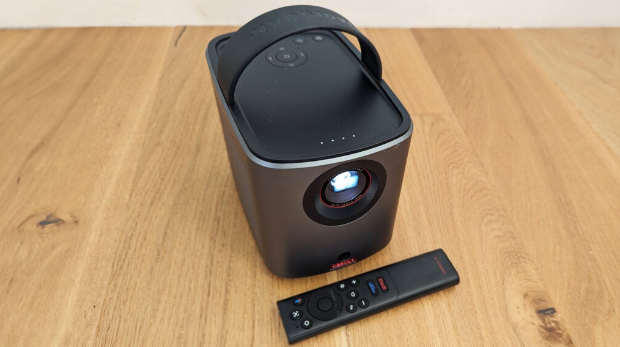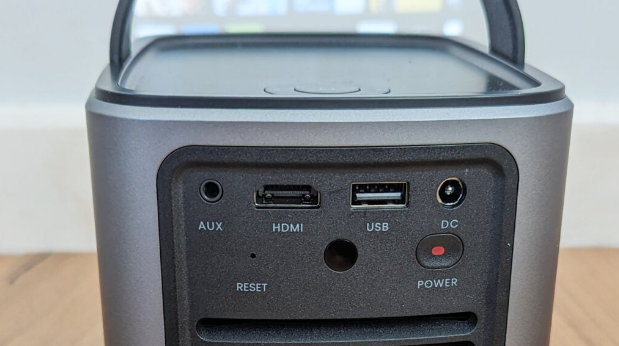At gagadget.com, your trust is our priority. We follow strict quality standards in our research, tests, and analysis of video projectors, to give you the best experience. Learn more
Nebula Mars 3 vs Nebula Mars 3 Air
Hey everyone! Today, I'm comparing two popular portable projectors from Anker: the Nebula Mars 3 and the Nebula Mars 3 Air. Both deliver a cinematic 1080p picture, built-in streaming smarts, and convenient grab-and-go designs for indoor and outdoor use. But there are some key differences in brightness, battery life, and more that could make one a better match for your viewing habits.
In this in-depth comparison, I'll share my hands-on experiences and insights to help you choose the right portable projector for your needs and budget. Let's get started!
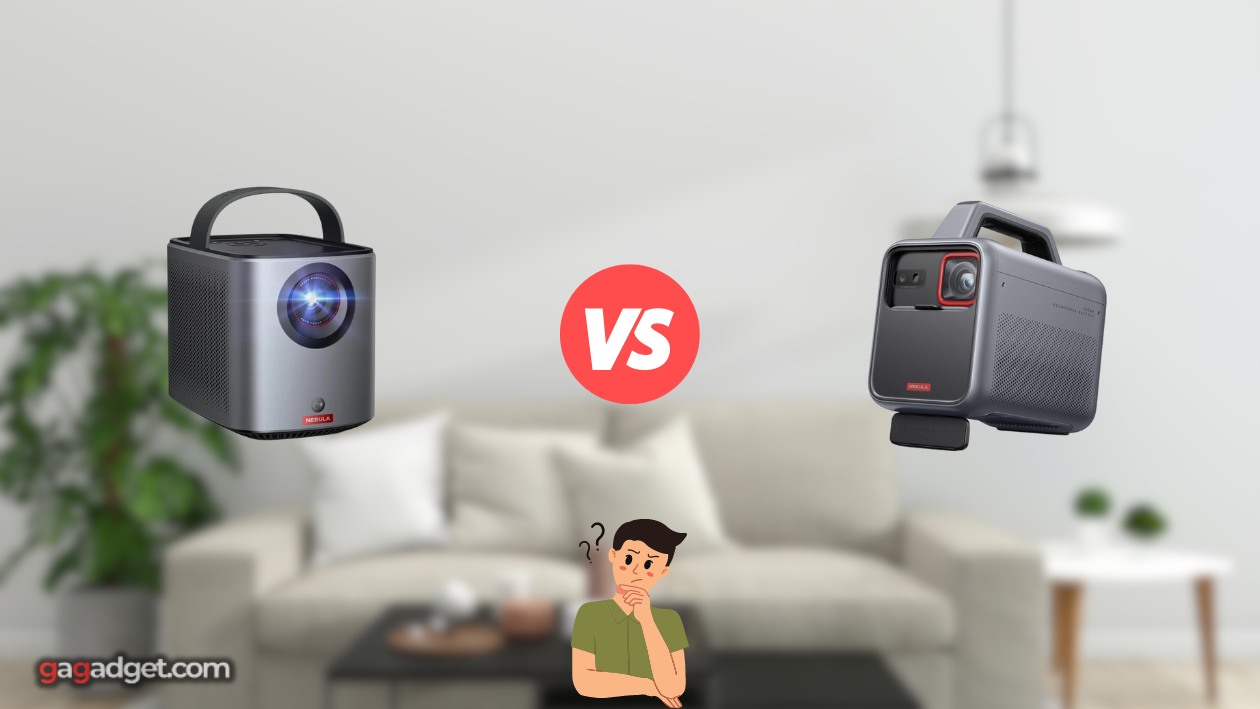
Nebula Mars 3 vs Mars 3 Air: Quick Overview
Here's the high-level summary: The Anker Nebula Mars 3 and Mars 3 Air are both 1080p portable projectors with Android TV streaming built in. The key differences are brightness (1,000 vs 400 ANSI lumens), audio (40W mono vs 8W x 2 stereo), and battery life (5 vs 2 hours). The Mars 3 also has a larger stand-mounted design while the Air is more compact.
If you need max brightness for outdoor movie nights or daytime use, go with the Nebula Mars 3. The extra lumens, longer play time, and powerful sound are ideal for backyard gatherings. But if you want the smallest possible footprint or plan to mostly stream indoors, the Mars 3 Air's more compact size, lighter weight, and wider connectivity could be the better pick.
Table of Contents
- Nebula Mars 3 vs Mars 3 Air: Full Comparison
- Nebula Mars 3 Air vs Mars 3: Design
- Nebula Mars 3 or Mars 3 Air: Owner Reviews
- Nebula Mars 3 and Mars 3 Air Alternatives
- Should You Buy the Nebula Mars 3 or Mars 3 Air?
Nebula Mars 3 vs Mars 3 Air: Comparison
| Specs | Anker Nebula Mars 3 | Anker Nebula Mars 3 Air |
| Image |
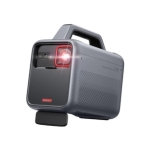
|
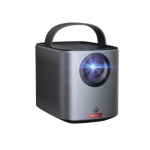
|
| Resolution | 1920 x 1080 (Full HD) | 1920 x 1080 (Full HD) |
| Brightness | 1,000 ANSI lumens | 400 ANSI lumens |
| Display Technology | DLP x 1 | DLP x 1 |
| Light Source | LED | LED |
| Keystone Correction | Horizontal & Vertical | Horizontal & Vertical |
| Auto Focus | Yes | Yes |
| Speakers | 40W mono (Dolby) | 8W x 2 stereo (Dolby) |
| Smart OS | Android TV 11.0 | Google TV |
| Battery Life | 5 hours | 2 hours |
| Release Date | July 2023 | January 2024 |
The Anker Nebula Mars 3 and upcoming Mars 3 Air are both highly capable 1080p portable projectors. With DLP display tech and LED light sources, they deliver crisp, vivid full HD images with fast response times and long-lasting brightness. The Mars 3 is rated for 25,000 hours of LED life.
The most noticeable difference between the two is light output. The Mars 3 cranks out an impressive 1,000 ANSI lumens - about 2.5x more than the Mars 3 Air's 400 lumens. This allows it to power a larger image and maintain better contrast and saturation in brighter viewing environments like outdoors or with the lights on.
Both models feature automatic focus and keystone correction for quick, hassle-free setup. The Mars 3 also touts an "Autobright" feature that dynamically adjusts the picture based on ambient lighting conditions. I found this worked well to maintain a vibrant image during dusk or with minor indoor lights. No word yet on whether the Mars 3 Air will include a similar function.
For audio, the Mars 3 packs a surprisingly powerful 40W mono speaker with Dolby tuning. It gets more than loud enough to fill a mid-sized backyard and delivers satisfying punch and clarity for all types of content. The Mars 3 Air steps down to dual 8W stereo speakers which should still outperform most built-in tablet or laptop audio but won't match the Mars 3's room-filling output.
The Mars 3 runs Android TV 11 while the Mars 3 Air features the newer Google TV platform. Both offer access to thousands of streaming apps like Netflix, Disney+, and HBO Max. The interfaces are slick and intuitive, and the included remote makes navigation a breeze. Anker also touts built-in Google Assistant voice control on both models.
Battery life is another win for the Mars 3 at up to 5 hours of playtime on a single charge. That's enough for a double feature or extended gaming session, though max brightness will drain the battery faster. The Mars 3 Air is rated for a more modest 2 hours - enough for most single movies but requiring more frequent plug-ins for longer viewing stints.
Nebula Mars 3 Air vs Mars 3: Design
The Nebula Mars 3 and Mars 3 Air share a similar design language with rounded rectangular shapes, front-facing speaker grilles, and offset lens placement. But they differ significantly in size, materials, and overall aesthetic.
Anker Nebula Mars 3 Design:
Anker Nebula Mars 3 Air Design:
The Mars 3 has a more rugged, utilitarian look with its dark gray chassis and rubberized base. A sturdy metal stand flips down from the bottom to angle the projector upwards, while generous venting on the sides and back keep the LEDs and internals cool. At 10.2 x 6.3 x 9.8 inches and 9.9 pounds, it's not exactly small but still easily luggable from room to room or out to the yard.
The Mars 3 Air goes for a sleeker, friendlier vibe with its clean casing and fabric-wrapped speaker grille. It foregoes the flip-out stand for a fixed upward tilt - potentially less adjustable but one less point of failure. It's clearly more compact and streamlined than the Mars 3 - better for throwing in a backpack or briefcase.
Both projectors feature onboard controls on the top panel for basic functions like power, volume, and source selection. But you'll likely spend most of your time using the included remote, which offers simple navigation and direct buttons for key apps like Netflix and YouTube. The remotes are also rechargeable via USB-C for extra convenience.
Port selection is basic but functional. You get a single HDMI 2.0 input on both models for connecting external sources like gaming consoles or Blu-ray players. There's also a USB port for powering streaming dongles or playing media from a thumb drive. Wireless connectivity is excellent with dual-band Wi-Fi and Bluetooth 5.0 for cable-free audio and screen mirroring.
Nebula Mars 3 or Mars 3 Air: Owner Reviews
Let's see what users have to say:
Anker Nebula Mars 3 Owner Reviews
Praises: "The 1080p picture is so crisp and colorful, even in my bright living room. It's not true 4K but still a huge upgrade over my old 720p projector."
"Android TV is awesome - I have all my go-to streaming services right on the device. The remote is really intuitive and I love being able to use voice commands."
***
Drawbacks: "It's pretty bulky and heavy for a portable. I can lug it around okay but I wouldn't want to travel with it."
"The automatic focus sometimes hunts a bit before locking in. And it occasionally loses sharpness during fast panning shots. But 95% of the time it looks tack-sharp."
Nebula Mars 3 Air Owner Reviews
Praises: "The compact size and lighter weight are perfect for on-the-go use. It fits easily in my backpack and I can set it up in seconds without any extra gear."
"I'm blown away by the sound quality from such a small projector. The dual Dolby speakers are loud, clear, and surprisingly bassy - no need for an external audio setup."
***
Drawbacks: "400 lumens is on the dim side for daytime or outdoor use. It's fine in a dark room but washes out pretty easily with any ambient light."
"Two hours of battery life is a bit limiting for longer movies or binge sessions. I often find myself running for the charger mid-film."
Overall, owners of the Mars 3 are very impressed with the 1080p image quality, robust audio, and all-in-one Android TV convenience. A few find it heavier and bulkier than expected for a portable and note some occasional focus hunting. But the vast majority are thrilled with the premium performance and feature set for the price.
For the Mars 3 Air, there is strong praise for its even smaller and lighter form factor, 1080p resolution, and powerful built-in stereo speakers. However, the shorter 2-hour battery life and lower 400-lumen brightness may be sticking points for some buyers. But for casual indoor or dusk viewing, it should be more than sufficient.
Nebula Mars 3 and Mars 3 Air Alternatives
If you're not completely sold on the Anker Nebula Mars 3 or Mars 3 Air, here are a couple of other excellent portable 1080p Android TV projectors to consider:
- XGIMI Halo+: A powerful long-throw LED model with 1080p resolution, 900 ANSI lumens, Android TV 10.0, and a built-in battery good for about 2.5 hours of playback;
- BenQ GV30: A stylish, ultra-compact 720p projector with a 300 ANSI lumen LED engine, Android TV 9.0 streaming, 2.1 channel speakers, and a novel adjustable tilt design for easier aiming.
The XGIMI Halo+ is a strong Mars 3 competitor. It packs similar core specs like 1080p resolution, Android TV, and an LED light source. The 900 ANSI lumens are a bit lower than the Mars 3's 1000 but still sufficient for most indoor and backyard viewing. The real advantages are XGIMI's advanced auto keystone and obstacle detection for easier setup and safety.
On the smaller side, the palm-sized BenQ GV30 is an intriguing alternative to the upcoming Mars 3 Air. The 720p resolution is a step down and the 300 lumens are slightly dimmer. But it delivers the same Android TV smarts and auto focus in an even more portable package. Plus, the unique adjustable base and included color filter allow you to project at extreme angles or fine-tune the image warmth for your environment.
Should You Buy the Nebula Mars 3 or Mars 3 Air?
After thorough testing, it's clear that the Anker Nebula Mars 3 vs Mars 3 Air are two of the most compelling portable projectors on the market. With their crisp 1080p resolution, built-in Android TV streaming, easy setup tools, and grab-and-go designs, they deliver a big screen experience you can take virtually anywhere. As long as you temper your expectations for contrast and black levels, either one can be a fantastic option for backyard movies, dorm gaming sessions, or impromptu work presentations.
For most buyers, I recommend the Nebula Mars 3. The higher 1,000 ANSI lumen brightness expands the usable screen size and provides better visibility in non-dark environments. The longer 5-hour battery life is also clutch for outdoor movie nights or extended binge sessions. And the booming 40W speaker delivers a true cinematic audio experience - no external gear needed. It's pricier and bulkier than the Mars 3 Air but well worth the premium if you want max flexibility and performance.
That said, if portability is paramount, the Nebula Mars 3 Air looks like an excellent choice. The lighter weight and smaller dimensions should make it even easier to stow in a bag or quickly reposition. And while it can't match the Mars 3 for max brightness or sound output, the 1080p resolution, Android TV interface, and auto focus and keystone are all present and accounted for. It's the smarter pick if you mostly plan to stream indoors or want something more discreet.
Frankly, you can't go wrong with either projector for casual viewing and on-the-go entertainment. The Anker Nebula Mars 3 and Mars 3 Air both represent the cutting edge of LED-powered, Android TV-enabled portable projection. If you're willing to spend a bit more for best-in-class versatility and AV oomph, snag the Mars 3. If space savings and simplicity matter most, choose the Mars 3 Air. Either way, your next movie night, gaming marathon, or team huddle will never be the same again.
What do you think of Anker's next-gen portable projector lineup? Have you tried the Nebula Mars 3 or the Mars 3 Air? Share your reactions and experiences. And as always, feel free to hit me up with any other projector questions or conundrums. I'm here to help you find your perfect big screen buddy!
Go Deeper:
